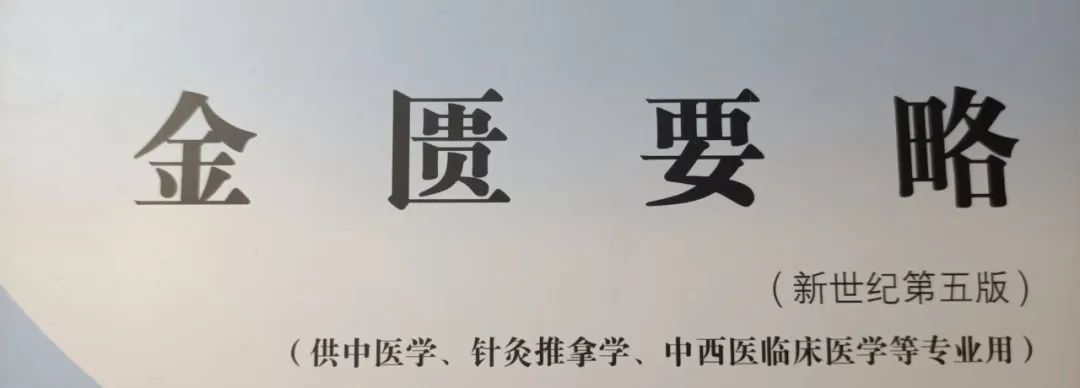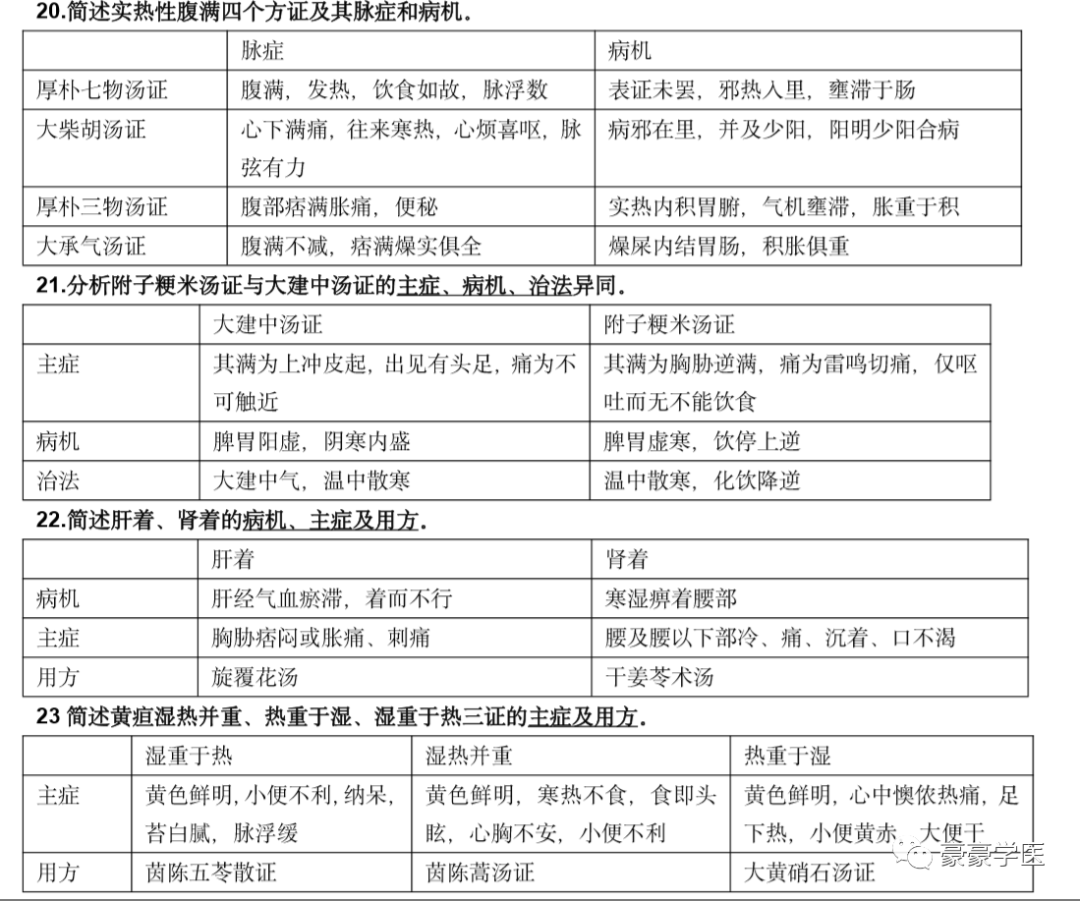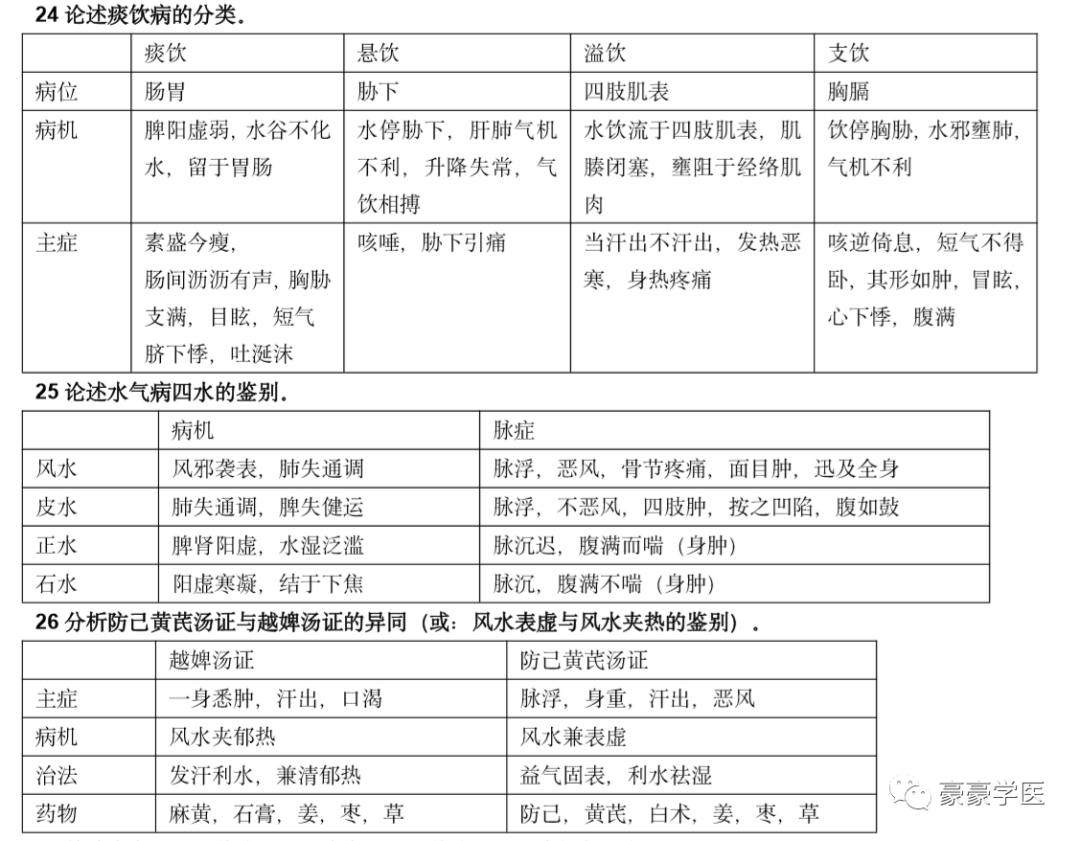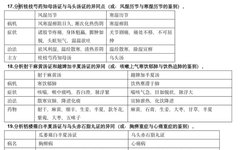
Definitions
-
Five Constants: Refers to the Five Elements.
2.Wind Qi: Refers to the climate in nature.
3.Chronic Illness: Refers to diseases.
4.Back Reversal: Refers to the stiffness of the back meridians, presenting symptoms of arching backward.
5.Grinding Teeth: Refers to the upper and lower teeth grinding against each other, producing a sound.
6.All Meridians One Source: Refers to the body’s hundred meridians originating from one source. The hundred meridians generally refer to all blood vessels in the body; source refers to the origin.
7.Silent: Refers to a lack of spirit, silent and uncommunicative. Silent means quiet and still.
8.Facial Deviation: Refers to the mouth and eyes being crooked and unable to move freely.
9.Body Weakness: Describes swollen joints and a frail body.
10.Swollen Feet: Refers to swollen feet that feel numb, as if detached from the body.
11.Yin and Yang Both Weak (Blood Obstruction): This indicates a deficiency in both Ying and Wei Qi.
12.Abdominal Urgency (Deficiency Labor): Refers to a feeling of urgency in the abdomen, but it is not hard upon palpation.
13.Deficiency and Restlessness: Refers to restlessness due to Yin deficiency, leading to inability to sleep soundly.
14.Harsh Laxatives: Refers to strong purgative medicines.
15.Thick Phlegm: Thick phlegm refers to viscous phlegm, while thin phlegm refers to watery phlegm.
16.Gurgling in the Throat: Describes a continuous phlegm sound in the throat, resembling the croaking of frogs. Water chicken refers to frogs.
17.Heart Suspended Pain: Refers to pulling pain in the heart area.
18.Thunderous Pain: Describes heavy intestinal sounds like thunder; severe abdominal pain like being cut by a knife.
19.Abdominal Skin Rising: Refers to the skin of the abdomen rising and falling due to cold attacking, resembling the shape of limbs.
20.Pressing on the Chest: Pressing refers to using hands to push, rub, or even pound the chest.
21.Spleen Constraint: Refers to a strong stomach and weak spleen, with the spleen being constrained by the stomach.
22.Coughing with Reversed Qi: Refers to coughing with reversed Qi, unable to lie flat, needing to lean against something to breathe.
23.Chest and Flank Distension: Refers to a feeling of distension in the chest and flanks.
24.Dizziness: Dizziness refers to a feeling of spinning.
25.(Limbs) Distress: Refers to heaviness and discomfort.
26.Stomach Reflux: Also known as “reflux stomach,” refers to vomiting food eaten in the morning in the evening, and vice versa.
Main Topics
1. In the “First Chapter of Zangfu Meridians and Disease Diagnosis and Treatment,” how are diseases classified based on etiology, transmission pathways, and locations?
First, diseases caused by evil entering the meridians and affecting the organs, due to insufficient righteous Qi allowing evil to invade; second, diseases in the limbs and nine orifices, where blood vessels are obstructed due to external evil; third, diseases caused by sexual activity, sharp instruments, insects, and animals damaging the body.
2. Briefly explain your understanding of “sour for supplementation, bitter for assistance, and sweet for benefit” in terms of medicinal properties.
Sour enters the liver; if the liver is deficient, it should be supplemented with its original flavor, hence sour is used for supplementation; bitter assists the heart, as heart fire is the son of liver wood, and the son can make the mother strong; also, a deficient liver is easily harmed by lung metal, assisting heart fire can control lung metal; sweet benefits the spleen, aiming to supplement earth to control water and assist fire, thus controlling metal and preventing it from harming liver wood, aiding in the treatment of liver deficiency.
3. Briefly explain how to distinguish between rigid and flexible spasms.
Rigid spasms are accompanied by symptoms of fever, chills, and no sweating, indicating a solar cold syndrome; flexible spasms are accompanied by fever, sweating, and aversion to wind, indicating a solar wind syndrome.
4. Briefly explain the differences in pathology and medication between Mahuang Jiazhu Decoction and Mahuang Xingren Yiyiren Decoction.
Mahuang Jiazhu Decoction and Mahuang Xingren Yiyiren Decoction both treat superficial dampness, but they differ. Mahuang Jiazhu Decoction treats superficial dampness due to cold, hence it includes warming and dispersing herbs like Guizhi. Mahuang Xingren Yiyiren Decoction treats superficial wind-dampness with heat transformation, hence it includes clearing and dispersing herbs like Yiyiren.
5. Briefly explain the meaning of “all meridians one source, all diseases are related” (or: briefly explain the pathology of lily disease).
Lily disease is a condition of heart and lung Yin deficiency with internal heat. The heart governs blood vessels, and the lungs regulate the hundred meridians; when the heart and lungs are normal, Qi and blood are harmonized, nourishing all meridians. If the heart and lungs are diseased, then all meridians are affected, hence “all meridians one source” refers to the heart and lungs.
6. Briefly explain the etiology, main symptoms, and main treatment formula for lily disease.
Pathology: Heart and lung Yin deficiency with internal heat. Main symptoms: Restlessness, disordered eating behavior, such as wanting to eat but unable to, wanting to lie down but unable to, wanting to walk but unable to, feeling cold without cold, feeling hot without heat. Symptoms include bitter mouth, red urine, and thin rapid pulse. Main treatment formula: Baihe Dihuang Decoction.
7. Briefly explain the different symptoms of stroke in the meridians, collaterals, organs, and viscera.
In mild cases, the evil is in the collaterals, preventing Ying and Wei from flowing smoothly in the skin, leading to numbness; in severe cases, the evil is in the meridians, causing Qi and blood to be unable to circulate in the limbs, leading to heaviness; if the evil penetrates the viscera, turbid Qi obstructs the clear orifices, leading to confusion; the heart opens to the tongue, and all viscera meridians connect to the tongue; if the evil enters the viscera, it obstructs the heart orifice, leading to inability to speak and drooling.
8. Briefly explain the etiology, main symptoms, and main treatment formula for blood obstruction.
Etiology: Insufficient Qi and blood as the main cause, with external wind evil inducing it, leading to poor blood circulation. Main symptoms: Localized numbness of the skin in the limbs, and a rough pulse. Main treatment formula: Huangqi Guizhi Wuwu Decoction.
9. Briefly explain the pathology, main symptoms, and treatment method for Suanzaoren Decoction.
Pathology: Liver Yin deficiency, heart blood deficiency. Main symptoms: Restlessness and insomnia, agitation, red tongue, thin rapid pulse. Treatment method: Nourish Yin, clear heat, nourish the heart, and calm the spirit.
10. Briefly explain the main symptoms, pathology, treatment method, and formula for deficiency heat lung atrophy.
Main symptoms: Wheezing, coughing, dry throat, difficult to cough up phlegm, dry mouth desiring coolness, red tongue with little coating, weak rapid pulse. Pathology: Fluid damage, heat injuring fluids. Treatment method: Nourish Yin, clear heat, descend lung Qi. Formula: Menmian Dongtang.
11. Briefly explain the meaning of “Yin weak and Yang string” (or: briefly explain the pathology of chest obstruction and heart pain).
“Yin weak” indicates insufficient Yang Qi in the upper jiao, and weak chest Yang; “Yin string” indicates excessive cold Yin evil and phlegm stagnation; the presence of both “Yin weak” and “Yin string” indicates that the pathology of chest obstruction and heart pain is due to Yang deficiency in the upper jiao, with Yin evil prevailing, leading to a conflict between evil and righteous Qi.
12. Briefly explain “for phlegm and fluid diseases, one should use warming herbs to harmonize them” (or: briefly explain the treatment principles for phlegm and fluid diseases).
Fluids are Yin evil; they gather in cold and move in Yang; they transform with warmth. Yin evil easily harms Yang Qi; if Yang is harmed, cold fluids cannot move. Treatment for phlegm and fluids requires the use of “warming herbs” to invigorate Yang Qi, open the pores, and regulate the water pathways. Invigorating Yang Qi can warm and transform fluid evils and eliminate the source of phlegm and fluid generation. Opening the pores and regulating the water pathways is the method to expel evils, allowing fluid evils to disperse from the surface and below. “Harmonizing” means that warming herbs should not be excessive, nor should they be too drying or tonifying.
13. Briefly explain the pathology of Gualou Qumai Pill regarding “difficult urination” and “bitter thirst”.
Yang deficiency leads to failure to transform, causing water stagnation and difficult urination; it may also lead to edema below the waist. From the formula, “abdominal warmth indicates knowledge,” it can be inferred that this condition has signs of cold in the lower jiao. Treatment with Gualou Qumai Pill moistens dryness, generates fluids, and warms Yang to promote urination.
14. Briefly explain the meaning of “the spleen must be yellow, and stasis heat must flow” (or: analyze the pathology of damp-heat jaundice).
Jaundice is related to the blood; therefore, treating jaundice should emphasize activating blood, cooling blood, and eliminating stasis. The original text “the spleen must be yellow, and stasis heat must flow” indicates that the spleen is the location of the disease, and stasis refers to the pathology, meaning that damp-heat is obstructed in the spleen, affecting the blood and circulating throughout the body, leading to jaundice.
15. Briefly explain the treatment methods for water Qi disease.
In treatment, it is clearly stated that swelling above the waist should be treated with sweating, while swelling below the waist should be treated with urination; for abdominal distension and difficult urination, methods to purge and eliminate water should be emphasized, focusing on wind-water, skin-water, Qi division, and yellow sweat.
16. Briefly explain the pathology, main symptoms, and formula for deficiency cold stomach reflux.
Main symptoms: Vomiting food eaten in the morning in the evening, and vice versa, undigested food, dry constipation, hardness in the heart area, and weight loss; pathology: Middle jiao spleen and stomach deficiency cold, unable to digest and transform food. Formula: Dabanxia Decoction.





